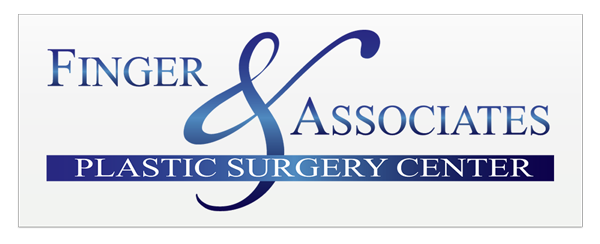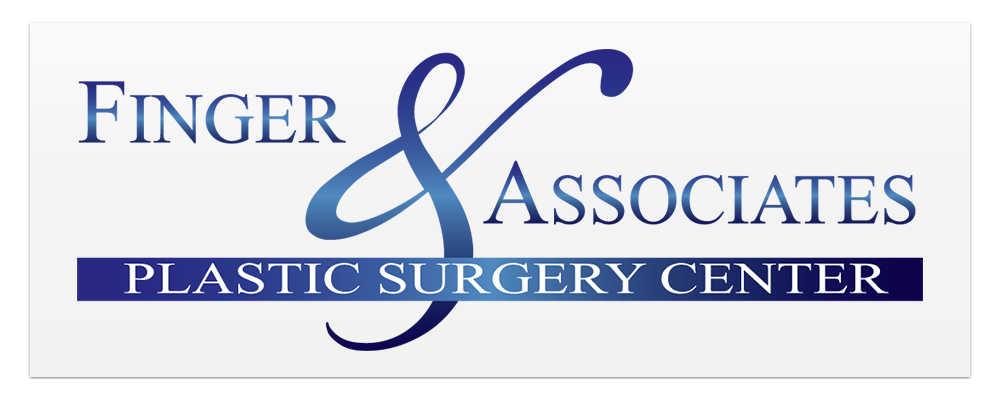FAQ about Blepharoplasties (Eyelid lifts) found on Realself.com
Q: What is a Blepharoplasty – What Does It Do?
A: A blepharoplasty by definition is cosmetic surgery of the eyelids, either upper or lower eyelids. It does not include surgery of the brow, as in a brow lift.
Upper lid blepharoplasty: typically the problem is excess skin, often overhanging the eyelids and lashes themselves. A blepharoplasty entails excising (surgically removing) the excess skin. The skin must be measured and precisely removed so that it leaves no tension on the lid and at the same time leaves no excess redundant skin. Sometimes excess fat and a strip of muscle is removed as well.
Lower eyelid blepharoplasty: there may be extra skin, but rarely as much as seen in the upper eyelids, Fat protruding below the eyelids, often called bags, is also frequently seen. The fat can be removed though an eyelid skin incision just below the lashes along with any excess skin. Another approach is to remove the fat through an incision on the inside of the eyelid, called a transconjunctival incision, so that there is no visible skin incision. This is indicated when there is little to no skin to be excised. Some doctors will use this incision and the skin incision as well.
Another cosmetic problem with the lower eyelids is the hollowness (called the tear trough) that occurs with aging, This can be corrected with injectable products such as Restylane, Juvederm, etc., or fat transfer (grafts). Correcting this hollowness can do wonders for one’s appearance.
None of these truly remove the fine lines of the lower lids in those who have had excess sun exposure, however. A resurfacing laser such as the CO2 or Fraxel Repair is very helpful diminishing these fine lines.
Anesthesia — blepharoplasties can be accomplished under local anesthesia with light sedation (or no sedation if preferred by the patient) or general anesthesia. Most are done under local anesthesia in our office.
Recovery — Ice soaks should be used for two days to minimize the swelling. Sutures are usually removed on the fifth day, Swelling and bruising can be expected for several weeks, according to the extent of the surgery done. Makeup can usually cover the bruising at about one week.
Results— people look at your eyes when they speak to you, and the eyelids, along with the hollowness under the lower eyelids are the first sign of aging in most people. Blepharoplasties are exceedingly satisfying to patients from the twenties into their eighties.
E. Ronald Finger, MD, FACS
Browlift Vs Blepharoplasty – Which is Best for Sagging Eyelids?
Q: Is a brow lift (forehead lift) better to raise sagging eyelids than a blepharoplasty?
A: Browlift Vs Blepharoplasty – Which is Best for Sagging Eyelids?
If the upper eyelids are sagging, but not the brow, the excessive skin in the upper lids should be removed. This may be apparent at a very young age and may be hereditary. If the brow sags, the brow should be lifted. This brow sagging continues to increase as we age, particularly the outer brow, and this sagging causes the upper eyelids to sag as well. There are occasions when one needs both a brow lift and an upper lid blepharoplasty. You can look in the mirror and lift the outer third of your brow and see if that is the appearance that you want and if it also lifts the upper lids adequately. Seek a plastic surgeon experience in this field and discuss the various alternatives with him or her. Having either or both a blepharoplasty and a brow lift can truly turn back the clock, and the recovery is fairly brief.
E. Ronald Finger. MD, FACS


